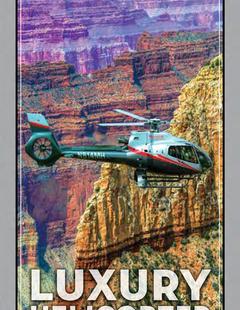Description
More than 70 endemic bird taxa have been identified on the Hawaiian Islands, but while this might be paradise for most humans, a significant number of these birds have met with extinction and an additional 30 are listed as endangered. However, a variety of non-native birds have been introduced to - and survived on - these islands, which expands the birder’s list of feathered creatures out nicely.
In addition to colorful forest natives including the ‘I’iwi and ‘Amakihi, the islands are home to seabirds like the Red-footed Booby and Laysan Albatross. Also watch for migratory geese, ibises, herons, plovers, even gulls as well as hawks, owls, eagles and a selection of alien species, from finches to mockingbirds and meadowlarks. National parks, national wildlife refuges and wildlife preserves are, not surprisingly, some of the best places to find bird variety. Local operators regularly run special guided bird watching tours into the more popular areas.
Hawai’i:
Couple bird watching with sightseeing on a trip to Hawai’i Volcanoes National Park, where the likes of ‘Apapane, ‘Amakihi, ‘Io and ‘Oma’o are often sighted around Thurston Lava Tube and Kilauea Crater. The montane dry forest of Pu’u La’au is home to the Hawaiian Owl, ‘Elepaio and a selection of grassland and upland birds. Get permission from the refuge manager before heading into the Maulua Tract of Hakalau National Wildlife Refuge in search of forest birds.
Oahu:
Spot sea-birds like Boobies, Tropicbirds, Shearwaters and Noddies (along with whales in season) around Makapu’u Point and Manana Island on the southeast side of the island, or look for waterbirds endemic to the area at James Campbell National Wildlife Refuge (Sept-Feb) and Kailua’s Enchanted Lake. Forest birds can be difficult to reach, but try trails behind Honolulu for a chance at glimpsing ‘Amakihi and ‘Apapane or hearing the song of the Red-billed Leiothrix.
Maui:
For forest birds on Maui, Haleakala National Park’s Hosmer Grove is a top pick, as is a guided birding hike into Waikamoi Preserve of the Nature Conservancy, home to ‘I’iwi, Maui Creeper, ‘Amakihi, ‘Apapane and some Maui Parrotbills. Watch for the endangered Dark-rumped Petrel and Pueo on the slopes and summit respectively of Haleakala, or seek out water birds at Kealia National Wildlife Refuge and Ke’anae Wetlands. Marine birds abound along the coast; keep an eye out also for whales from the south or west shore from November to April.
Kaua’i:
Expect sightings of the islands’ four endemic waterbirds on the north shore of Hanalei National Wildlife Refuge, or seek out seabirds like Frigatebirds and Albatross at nearby Kilauea National Wildlife Refuge. Wailua River Valley rewards with both birds and scenery, home to the Koloa, Japanese Bush-warbler and ‘Alae ‘Ula. For forest birds including the “Amakihi, ‘Anianiau and sometimes ‘I’iwi, try Alaka’i Swamp and Koke’e State Park, with an eye out for White-tailed Tropicabirds in Waimea Canyon.
Moloka’i:
Less of a birding destination than the other islands consequent to its lack of upland refuge for forest birds, Moloka’I is however home to a population of Wild Turkeys and water birds, as well as host to various migratory fowl (seabirds, shorebirds, waterbirds) during winter months; try Kakahaia National Wildlife Preserve for a closer look. What forest birds do reside on the island can be spotted around Kamakou Preserve, where the ‘I’iwi and Common ‘Amakihi may make an appearance.














